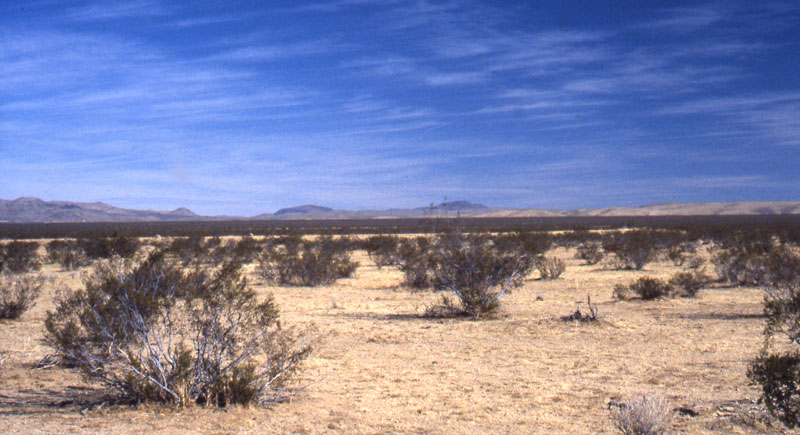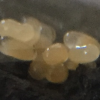This is the queen that got me back into the hobby. I caught one several years ago but she died due to flooding. I never picked up the hobby until I found this lady while I was watering my plants in my backyard! I didn't check on her until today July 11, 2017 and she has her first worker!
Edit: Solenopsis Invicta
1. Location (on a map) of collection: San Bernardino County, California. Found on my patio as I was watering the plants.
2. Date of collection: June 17, 2017
3. Habitat of collection: Urban Chaparral, it's like almost a desert but not quite yet. Dry but still has shrubs and some greenery. Though my yard is full of green grass and plants.
4. Length (from head to gaster): 9mm, nanitic is 2-2.5mm long.
5. Color, hue, pattern and texture: Dark brown - black. Smooth in general
6. Distinguishing characteristics: Two nodes. Her nanitic eclosed within 3.5 weeks. I closed her in June 17, and she had a worker by July 11.
7. Distinguishing behavior: Settled right into the test tube and starting cleaning herself immediately.
8. Nest description: N/A



Also got a 2nd queen to ID. Got better pictures too.
Edit: Dorymrymex forelius
1. Location (on a map) of collection: Wild Crossing, Barstow, California. Found walking on the ground day after rain.
2. Date of collection: July 10, 2017
3. Habitat of collection: Desert with shrubs and dried grass.
4. Length (from head to gaster): 6mm
5. Color, hue, pattern and texture: Orange head, orange thorax, shiny orange abdomen with 4 distinct dark black stripes. Whole ant appears to be smooth with no hairs.
6. Distinguishing characteristics: Doesn't appear to have any nodes. Smooth thorax with no spines. Thorax has three humps.
7. Distinguishing behavior: Settled right into the test tube and starting cleaning herself immediately.
8. Nest description: N/A


Habitat:

Edited by Scrixx, July 17 2017 - 8:42 AM.

















